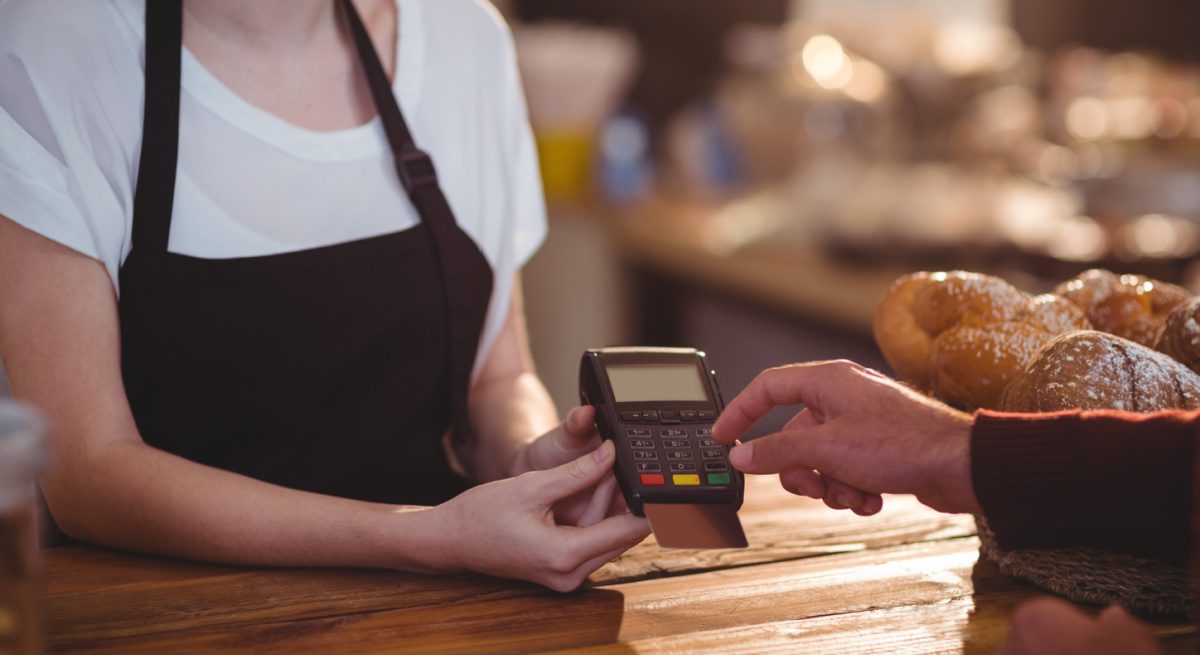The Right Technology Can Help Restaurants Make Key Decisions in Uncertain Times
3 Min Read By Paul Rubin
If there’s one thing you can count on in the restaurant industry, it’s change—especially these days. Even after the pandemic-fueled tumult of 2020, few would have predicted the extent to which the industry has been shaped in 2021 by such factors as a major labor shortage, supply-chain issues, and soaring inflation.
It is a particularly challenging time, to be sure, and the ever-shifting landscape demands agility of restaurant operators who must adapt to the changes in order to maintain their margins. The key is to make the right decisions around inventory and pricing at the right times—and having the right technology can make all the difference.
Even in the best of times, commodity prices change on a daily basis. Restaurant operators and franchisees are accustomed to this as a basic fact of life. Fluctuation is the norm, but the industry seems to be hit with shortages more regularly than ever before in recent memory. Some of these are temporary shortages attributable to…
Sorry, You've Reached Your Article Limit.
Register for free with our site to get unlimited articles.
Already registered? Sign in!

